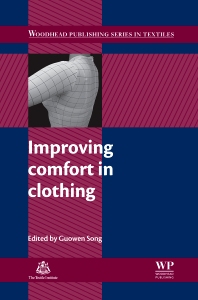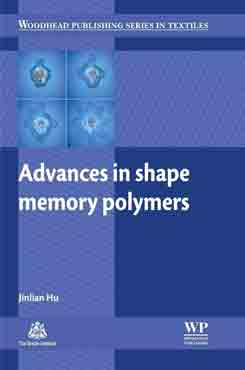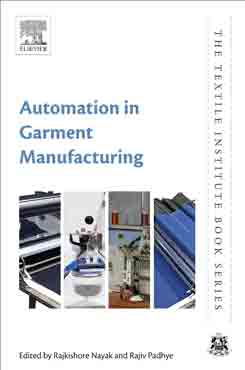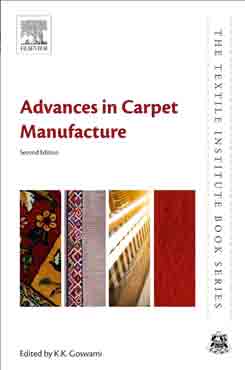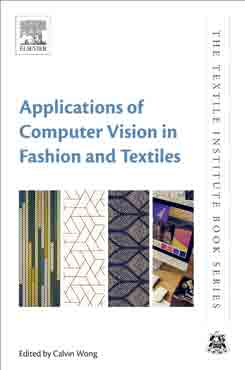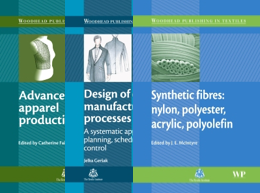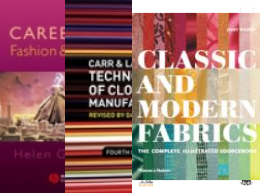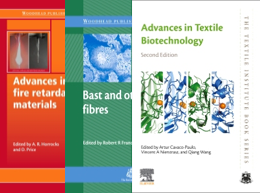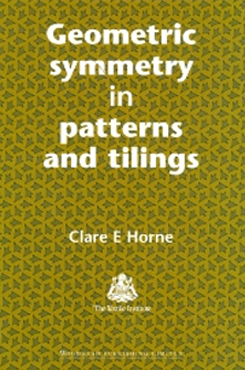Description
Wear comfort has been listed as the most important property of clothing demanded by users and consumers according to recent studies. A fundamental understanding of human comfort and a knowledge of how to design textiles and garments to maximise comfort for the wearer is therefore essential in the clothing industry. Improving comfort in clothing reviews the latest developments in the manufacturing of comfortable apparel and discusses methods of improving it in various articles of clothing.
The book begins by outlining the fundamentals of human comfort in clothing, from the human perception of comfort in apparel and factors which affect it such as the properties of fibres and fabrics, to laboratory testing, analysing and predicting of the comfort properties of textiles.
Part two discusses methods of improving comfort in apparel, from controlling thermal comfort and managing moisture, to enhancing body movement comfort in various garments.
Part three reviews methods of improving comfort whilst maintaining function in specific types of clothing such as protective garments, sports wear and cold weather clothingThe international team of contributors to Improving comfort in clothing has produced a unique overview of numerous aspects of clothing comfort, provides an excellent resource for researchers and designers in the clothing industry. It will also be beneficial for academics researching wear comfort.
Key Features
- Reviews the latest developments in the manufacturing of comfortable apparel and discusses methods of improving fit in various articles of clothing
- An overview of how to design textiles and garments to maximise comfort begins with factors affecting comfort and properties of fibres and fabrics that contribute to human comfort
- Improvements in thermal and tactile comfort and moisture management are explored featuring developments in textile surfaces
Readership
Table of Contents
- Part I: Fundamentals of comfort and assessmentChapter 1: Factors affecting comfort: human physiology and the role of clothing
Abstract:
1.1 Definition of comfort
1.2 Human physiological aspect of comfort
1.3 Energy metabolism and physical work
1.4 Human heat balance
1.5 Clothing as near environment
1.6 Various aspects of clothing comfort
1.7 Comfort variables
1.8 Effective temperature and the comfort chart
1.9 Response to extreme temperature
1.10 Development of heat stress and its control
1.11 Protective clothing
1.12 Future trends and further information and advice
Chapter 2: Properties of fibers and fabrics that contribute to human comfort
Abstract:
2.1 Introduction
2.2 Comfort properties of fibers
2.3 Physical modification of fibers
2.4 Comfort properties of yarns
2.5 Comfort properties of fabric structures
2.6 Conclusions
Chapter 3: Wool and garment comfort
Abstract:
3.1 Introduction
3.2 Wool quality
3.3 Benchmarking: wool quality in retail garments
3.4 Comfort in wool garments: a new assessment protocol
3.5 Wool garment comfort assessment
3.6 Comfort response of individuals
3.7 Wool quality and garment comfort
3.8 Conclusions
3.9 Sources of further information and advice
3.10 Acknowledgments
Chapter 4: How consumers perceive comfort in apparel
Abstract:
4.1 Introduction
4.2 How humans sense comfort
4.3 The Nervous System
4.4 Human brain
4.5 Skin and its functions
4.6 Structure of the skin
4.7 Senses and sensory receptors
4.8 Skin and senses
4.9 Sensations and fabrics
4.10 Psychological factors and overall comfort perception
4.11 Conclusions
Chapter 5: Laboratory measurement of thermo-physiological comfort
Abstract:
5.1 Introduction
5.2 Thermo-physiological comfort
5.3 Thermal resistance
5.4 Water vapour transport
5.5 Air permeability
5.6 Wicking, buffering and absorbency
5.7 New developments and future trends
Chapter 6: Testing, analyzing and predicting the comfort properties of textiles
Abstract:
6.1 Introduction
6.2 Characterization of comfort
6.3 Testing, analyzing and predicting neurophysiological comfort
6.4 Testing, analyzing and predicting thermophysiological comfort
6.5 Design-oriented comfort model
6.6 Future trends
Part II: Improving comfort in apparel
Chapter 7: Improving thermal comfort in apparel
Abstract:
7.1 Introduction
7.2 Different approaches for improving the thermal comfort of clothing
7.3 Conclusions
Chapter 8: Improving moisture management in apparel
Abstract:
8.1 Introduction
8.2 Transport of perspiration
8.3 Fundamentals of moisture transfer between the human body and the environment
8.4 Factors influencing moisture transport
8.5 Improving moisture transport
8.6 Clothing requirements for different environmental conditions
8.7 Developments in moisture management
8.8 Future trends
Chapter 9: Improving tactile comfort in fabrics and clothing
Abstract:
9.1 Introduction
9.2 Comfort and neurophysiology
9.3 Human tactile sensation
9.4 Fabric mechanical properties and tactile-pressure sensations
9.5 Warmth or coolness to the touch of fabrics
9.6 Improving the textile surface properties for tactile sensation
9.7 Predictability of sensory comfort
9.8 Improving electrostatic propensity
9.9 Future trends
9.10 Conclusions
Chapter 10: Garment pattern design and comfort
Abstract:
10.1 Introduction: fundamental principles of fit in apparel
10.2 Clothing comfort and fit
10.3 Manual and mechanical stretch testing
Results
10.4 Stretch pattern development
10.5 Future trends
10.6 Conclusions
10.7 Sources of further information and advice
Chapter 11: Improving body movement comfort in apparel
Abstract:
11.1 Introduction: fundamental principles of movement in apparel
11.2 Fashion and functional apparel: aesthetics, protection, performance and movement
11.3 Materials and design strategies to provide appropriate movement performance
11.4 Movement and garment stretch/pressure/compression
11.5 Research and testing of prototype designs for comfort and movement
11.6 Future trends
11.7 Sources of further information and advice
Part III: Improving comfort in particular types of clothing
Chapter 12: Evaluating the heat stress and comfort of firefighter and emergency responder protective clothing
Abstract:
12.1 Introduction
12.2 Background
12.3 Laboratory tests for clothing heat stress
12.4 Laboratory tests for clothing comfort
12.5 Research needs
Chapter 13: Improving comfort in military protective clothing
Abstract:
13.1 Introduction
13.2 Historical perspective
13.3 Threat level and concept of operations
13.4 Understanding system level whole-body protection: baseline performance
13.5 Civilian style protective systems
13.6 Adsorptive undergarments
13.7 Cold War individual protective equipment
13.8 Post-Gulf War individual protective equipment
13.9 Asymmetric operations (individual protective equipment)
13.10 Conclusions
13.11 Future trends
13.12 Acknowledgements
Chapter 14: Balancing comfort and function in textiles worn by medical personnel
Abstract:
14.1 Introduction
14.2 Surgical gowns
14.3 Surgical gloves
14.4 Surgical masks
14.5 Future trends
Chapter 15: Improving comfort in sports and leisure wear
Abstract:
15.1 Introduction
15.2 Market share of sports and leisure wear and affected group of users
15.3 Definition of sports and leisure wear
15.4 Influence of sportswear on everyday and leisure wear fashion
15.5 Physiological demands on sports, everyday and leisure wear
15.6 Testing sports, everyday and leisure wear comfort
15.7 Textile constructions for sports, everyday and leisure wear
15.8 Application examples
15.9 Recent and future trends in sports, everyday and leisure wear
15.10 Future trends in testing comfort of sports, everyday and leisure wear
15.11 Conclusions
15.12 Sources of further information and advice
Chapter 16: Cold weather clothing and comfort
Abstract:
16.1 Introduction
16.2 Thermal comfort and heat balance
16.3 Requirements for comfort in the cold
16.4 Principles for cold weather clothing
16.5 Future trends
Chapter 17: Achieving comfort in intimate apparel
Abstract:
17.1 Introduction
17.2 Sensorial comfort for intimate apparel
17.3 Thermal comfort for intimate apparel
17.4 Motion comfort for intimate apparel
17.5 Aesthetic comfort for intimate apparel
17.6 Hygienic comfort for intimate apparel
17.7 Acknowledgement
17.8 Sources of further information and advice
Index
